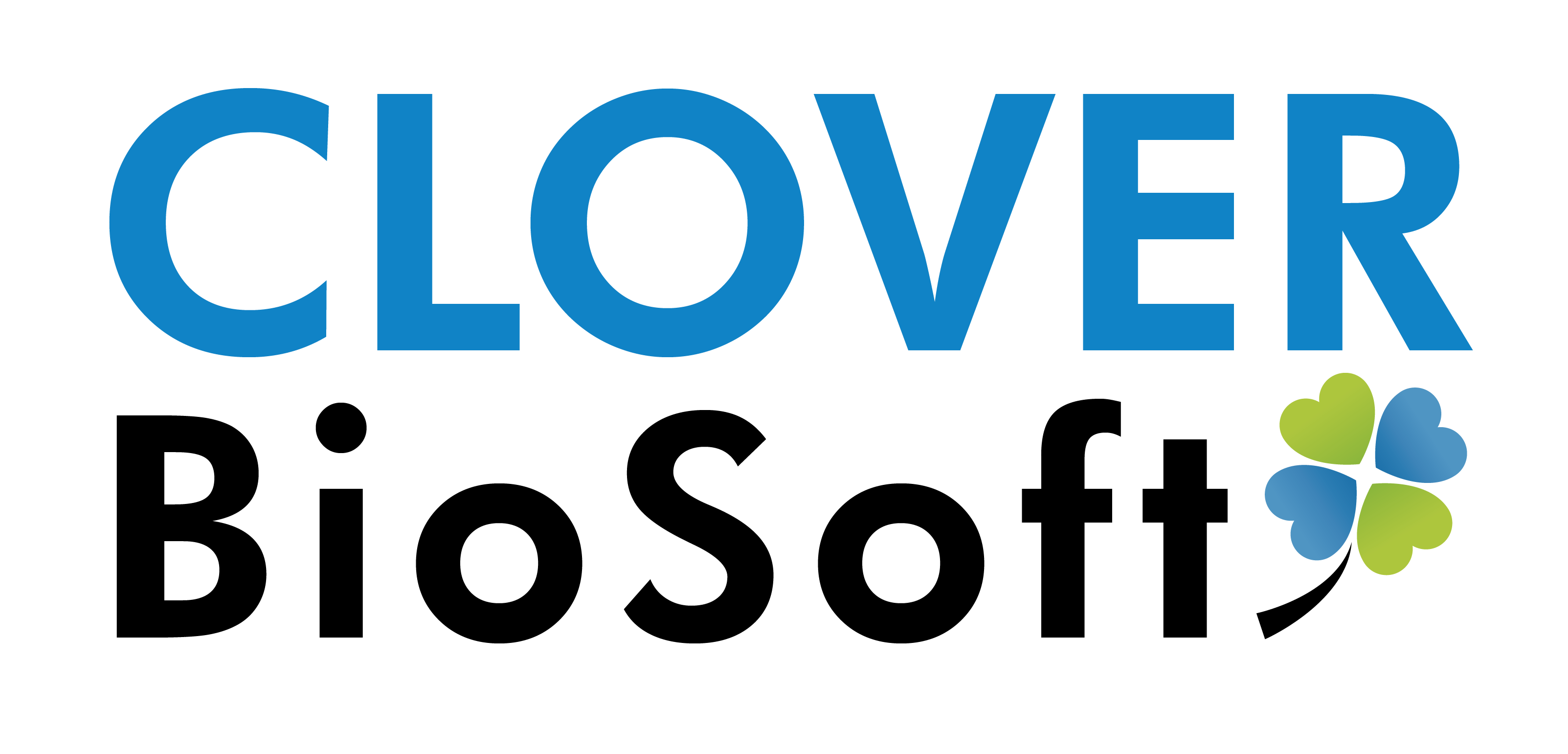Author: Manuel J. Arroyo Pulgar
Abstract:
Matrix-Assisted Laser Desorption/Ionization Time-Of-Flight Mass Spectrometry (MALDI-TOF MS) has been widely implemented for the rapid identification of microorganisms. Although most bacteria, yeasts and filamentous fungi can be accurately identified with this method, some closely related species still represent a challenge for MALDI-TOF MS. In this study, two MALDI-TOF based approaches were applied for discrimination at the species-level of isolates belonging to the Cryptococcus neoformans complex, previously characterised by Amplified Fragment Length Polymorphism (AFLP) and sequencing of the ITS1-5.8S-ITS2 region: (i) an expanded database was built with 26 isolates from the main Cryptococcus species found in our setting (C. neoformans, C. deneoformans and AFLP3 interspecies hybrids) and (ii) peak analysis and data modelling were applied to the protein spectra of the analysed Cryptococcus isolates. The implementation of the in-house database did not allow for the discrimination of the interspecies hybrids. However, the performance of peak analysis with the application of supervised classifiers (partial least squares discriminant analysis and support-vector machine) in a two-step analysis allowed for the 96.95% and 96.55% correct discrimination of C. neoformans from the interspecies hybrids, respectively. In addition, PCA analysis prior to support-vector machine (SVM) provided 98.45% correct discrimination of the three analysed species in a one-step analysis. This novel method is cost-efficient, rapid and user-friendly. The procedure can also be automatised for an optimised implementation in the laboratory routine.

FULL ARTICLE:
